Your How do antagonistic muscles work images are available. How do antagonistic muscles work are a topic that is being searched for and liked by netizens today. You can Find and Download the How do antagonistic muscles work files here. Download all free vectors.
If you’re looking for how do antagonistic muscles work images information connected with to the how do antagonistic muscles work keyword, you have come to the right blog. Our site always provides you with hints for seeking the highest quality video and picture content, please kindly hunt and locate more enlightening video articles and graphics that fit your interests.
How Do Antagonistic Muscles Work. Skeletal muscles only pull in one direction. What are antagonistic muscles and how do they work. How many antagonistic muscle pairs are there. Antagonistic muscles are muscles that work in opposition to each other.
 Antagonistic Pairs Youtube From youtube.com
Antagonistic Pairs Youtube From youtube.com
The muscle that is contracting is called the agonist and the muscle that is relaxing or lengthening is called the antagonist. Antagonistic pairs are needed in the body because muscles can only exert a pulling force and cant push themselves back into their original positions. Both muscles relax at the same time. Figure 2 shows known projections of reciprocal inter-neurons that could subserve such con-trol Baldissera et al. Muscles that work like this are called antagonistic pairs. They move our bones and associated body parts by pulling on them this process is called muscle contraction.
When the elbow is flexed the bicep shortens and pulls up on the ulna to reduce the angle between the ulna and the humerus.
Limb mechanics Unfortunately all of the above are basically static control schemes. Antagonistic muscle - a muscle that opposes the action of another. As one muscle contracts the other relaxes. In an antagonistic muscle pair as one muscle contracts the other muscle relaxes or lengthens. Tick the correct box. They move our bones and associated body parts by pulling on them this process is called muscle contraction.
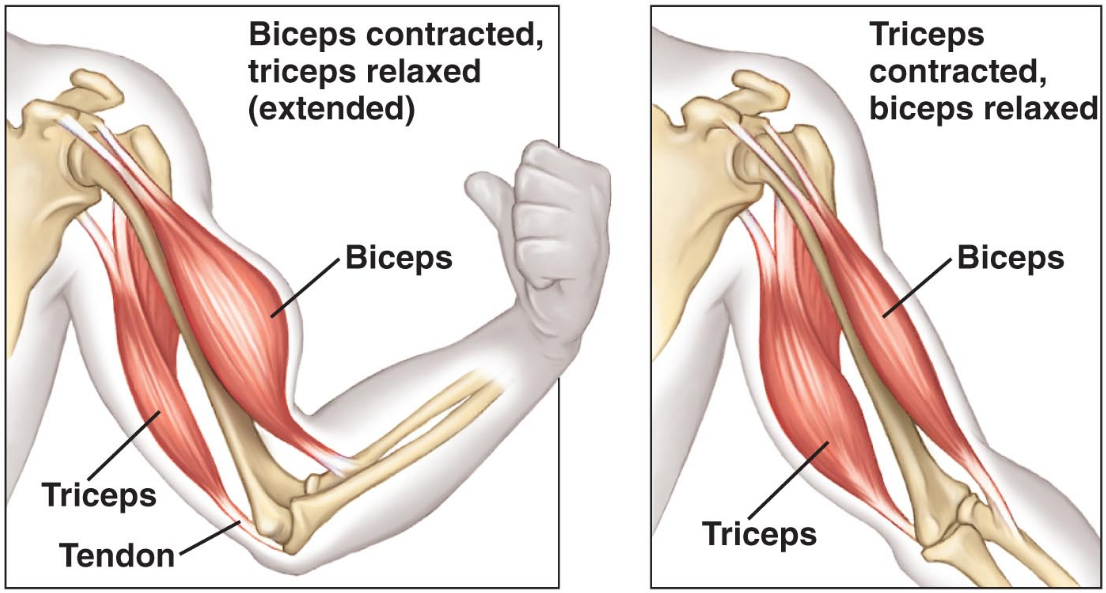 Source: homegymr.com
Source: homegymr.com
In an antagonistic muscle pair as one muscle contracts the other muscle relaxes or lengthens. Muscles work in antagonistic pairs since they can only shorten causing movement in one direction. Coactivation Reciprocal activation Reciprocal inhibition. In order to close the hand and make a fist however an antagonistic set of muscles would have to be used. Most muscles work in pairs and are called antagonistic muscles.
 Source: youtube.com
Source: youtube.com
For example when you perform a bicep curl the biceps will be the agonist as it contracts to produce the. Limb mechanics Unfortunately all of the above are basically static control schemes. An example of this kind of muscle pairing is. Antagonistic muscles are muscles that work in opposition to each other. They contract and relax alternatively so as to push as well as pull a bone.
 Source: slideplayer.com
Source: slideplayer.com
Needs to be another muscle that shortens in order to cause movement in the opposite direction. One muscle is big and the other is small. As one muscle contracts the other relaxes. Muscles that work like this are called antagonistic pairs. One muscle of the pair contracts to move the body part the other muscle in the pair then contracts to return the body part back to the original position.
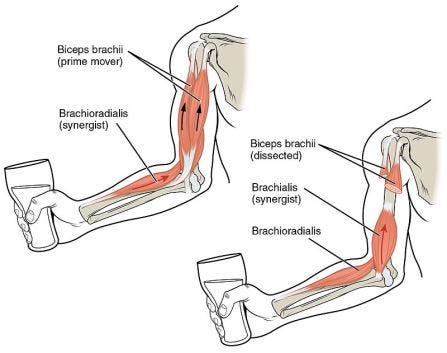 Source: medium.com
Source: medium.com
Figure 2 shows known projections of reciprocal inter- neurons that could subserve such con- trol Baldissera et al. For this reason they always come in pairs. The biceps and triceps are antagonistic muscles muscle musculus - one of the. Limb mechanics Unfortunately all of the above are basically static control schemes. These muscles are important for balance extending limbs holding objects aloft and.
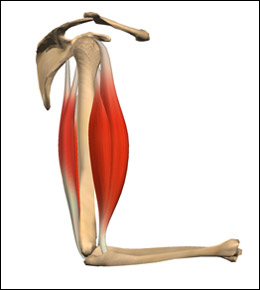 Source: iposture.com
Source: iposture.com
Figure 2 shows known projections of reciprocal inter- neurons that could subserve such con- trol Baldissera et al. In this case when the elbow is flexed the biceps brachii contract shorten and the triceps brachii relax lengthen. One muscle is big and the other is small. In an antagonistic muscle pair as one muscle contracts the other muscle relaxes or lengthens. Antagonistic muscle pairs Muscles transfer force to bones through tendons.
 Source: shaalaa.com
Source: shaalaa.com
Both muscles relax at the same time. Antagonistic muscles are muscles that work in opposition to each other. Tick the correct box. Muscles that work like this are called antagonistic pairs. Muscles that work like this are called antagonistic pairs.
 Source: youtube.com
Source: youtube.com
How do antagonistic muscle pairs work. One muscle is strong and the other is weak. They contract and relax alternatively so as to push as well as pull a bone. Each muscle in the pair works against the other to move bones at the joints of the body. This happens because the skeletal muscles that control the movement of bones move unidirectional and can contract or pull in that direction only.
 Source: brainkart.com
Source: brainkart.com
As one muscle contracts the other relaxes. The muscle that is contracting is called the agonist and the muscle that is relaxing or lengthening is called the antagonist. In an antagonistic muscle pair as one muscle contracts the other muscle relaxes or lengthens. 1a 1 mark KS309ScTier 5-7P2 2 Both muscles contract at the same time. Antagonistic muscle synonyms antagonistic muscle pronunciation antagonistic muscle translation English dictionary definition of antagonistic muscle.
 Source: youtube.com
Source: youtube.com
Using a skeleton elastic bands and rubber gloves presenter Zoe demonstrates to a group of children how our muscles and bones allow our body to moveWe hear. The biceps and triceps are antagonistic muscles muscle musculus - one of the. Muscles transfer force to bones through tendons. In principle continuous movements such as locomotion could be repre-sented by a dynamic trajectory of equilibrium positions. Why do antagonistic muscles work in pairs.
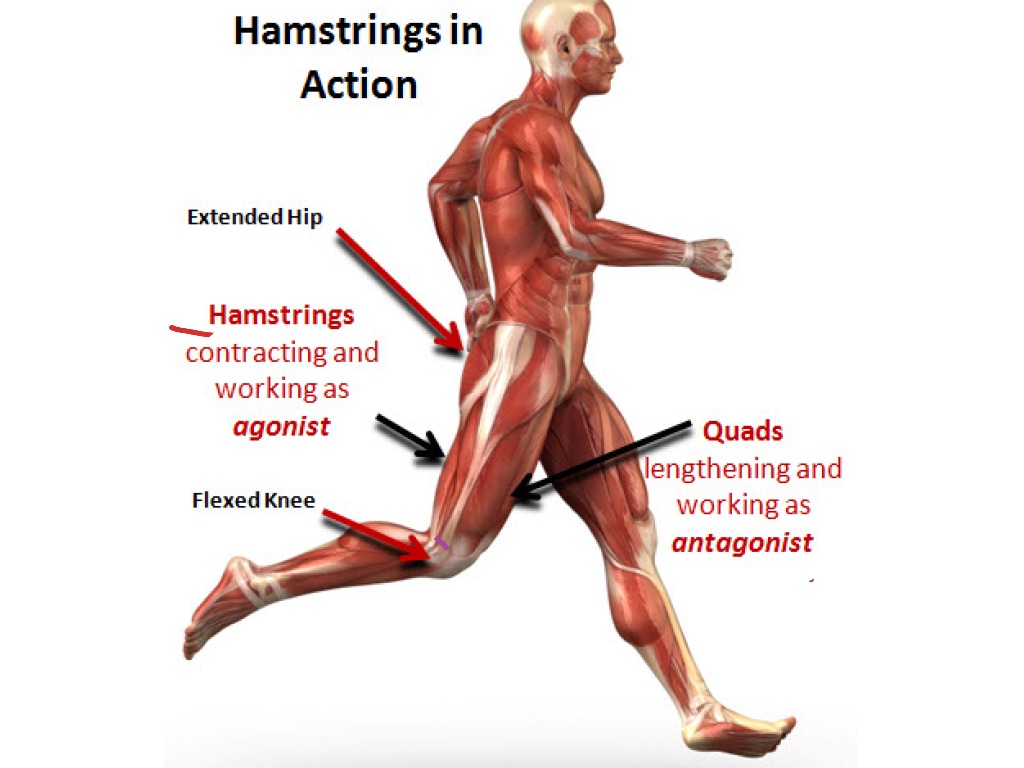 Source: showme.com
Source: showme.com
In an antagonistic muscle pair as one muscle contracts the. Antagonistic muscles are muscles that work in opposition to each other. Using a skeleton elastic bands and rubber gloves presenter Zoe demonstrates to a group of children how our muscles and bones allow our body to moveWe hear. Muscles work in antagonistic pairs since they can only shorten causing movement in one direction. Limb mechanics Unfortunately all of the above are basically static control schemes.
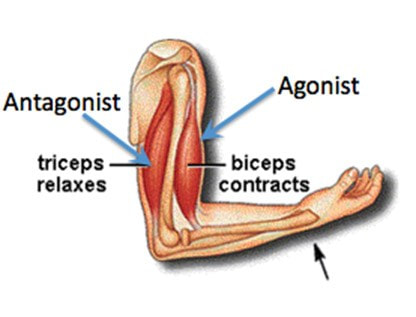 Source: mrgscience.com
Source: mrgscience.com
These muscles are important for balance extending limbs holding objects aloft and. Antagonistic pairs are needed in the body because muscles can only exert a pulling force and cant push themselves back into their original positions. Antagonistic muscle pairs Muscles transfer force to bones through tendons. Why must muscles work in antagonistic pairs. Muscles work in antagonistic pairs when one muscle pulls the other muscle relaxes.

Antagonistic pairs are when two muscles work against each other to complete two opposite movements. Antagonistic muscle synonyms antagonistic muscle pronunciation antagonistic muscle translation English dictionary definition of antagonistic muscle. In an antagonistic muscle pair as one muscle contracts the other muscle relaxes or lengthens. In an antagonistic muscle pair as one muscle contracts the. One muscle of the pair contracts to move the body part the other muscle in the pair then contracts to return the body part back to the original position.
 Source: youtube.com
Source: youtube.com
Why must muscles work in antagonistic pairs. When extending the elbow the opposite happens. They move our bones and associated body parts by pulling on them this process is called muscle contraction. Alongside agonist muscles antagonist muscles function as part of a pair that work in tandem to allow the joints and limbs to perform more complex movements. Needs to be another muscle that shortens in order to cause movement in the opposite direction.
 Source: study.com
Source: study.com
Using a skeleton elastic bands and rubber gloves presenter Zoe demonstrates to a group of children how our muscles and bones allow our body to moveWe hear. In principle continuous movements such as locomotion could be repre-sented by a dynamic trajectory of equilibrium positions. Antagonistic muscle pairs Muscles transfer force to bones through tendons. In an antagonistic muscle pair as one muscle contracts the other muscle relaxes or lengthens. One muscle is strong and the other is weak.
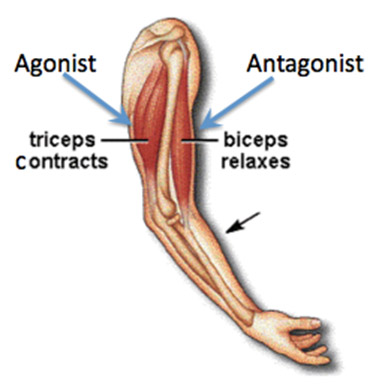 Source: shywmobile.com
Source: shywmobile.com
In order to close the hand and make a fist however an antagonistic set of muscles would have to be used. In an antagonistic muscle pair as one muscle contracts the other muscle relaxes or lengthens. How do the antagonistic muscles work. As one muscle contracts the other relaxes. Antagonistic pairs are when two muscles work against each other to complete two opposite movements.
 Source: study.com
Source: study.com
Limb mechanics Unfortunately all of the above are basically static control schemes. When extending the elbow the opposite happens. Coactivation Reciprocal activation Reciprocal inhibition. One muscle is big and the other is small. As one muscle contracts the other relaxes.
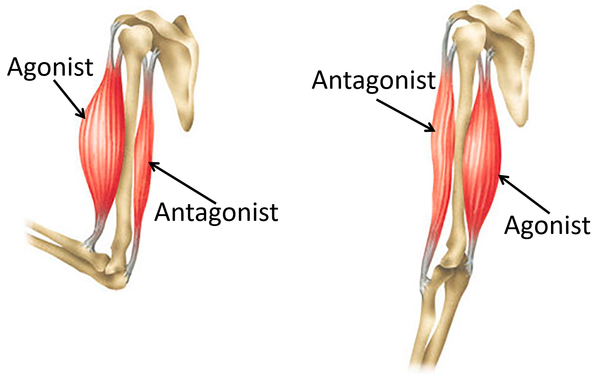 Source: keystagewiki.com
Source: keystagewiki.com
Why do antagonistic muscles work in pairs. Antagonistic muscle pairs Muscles transfer force to bones through tendons. One muscle of the pair contracts to move the body part the other muscle in the pair then contracts to return the body part back to the original position. The muscle set that creates the movement is referred to was the agonist. Limb mechanics Unfortunately all of the above are basically static control schemes.
 Source: aworldofbiology.weebly.com
Source: aworldofbiology.weebly.com
Using a skeleton elastic bands and rubber gloves presenter Zoe demonstrates to a group of children how our muscles and bones allow our body to moveWe hear. In an antagonistic muscle pair as one muscle contracts the. Why must muscles work in antagonistic pairs. Tick the correct box. For this reason they always come in pairs.
This site is an open community for users to do sharing their favorite wallpapers on the internet, all images or pictures in this website are for personal wallpaper use only, it is stricly prohibited to use this wallpaper for commercial purposes, if you are the author and find this image is shared without your permission, please kindly raise a DMCA report to Us.
If you find this site value, please support us by sharing this posts to your preference social media accounts like Facebook, Instagram and so on or you can also bookmark this blog page with the title how do antagonistic muscles work by using Ctrl + D for devices a laptop with a Windows operating system or Command + D for laptops with an Apple operating system. If you use a smartphone, you can also use the drawer menu of the browser you are using. Whether it’s a Windows, Mac, iOS or Android operating system, you will still be able to bookmark this website.






